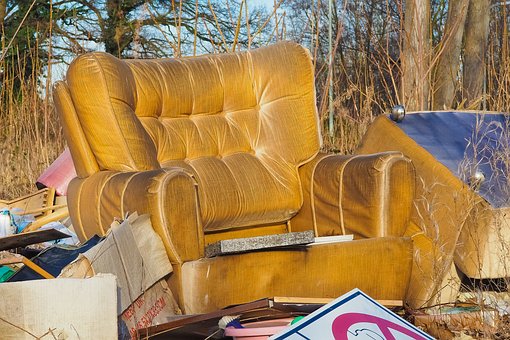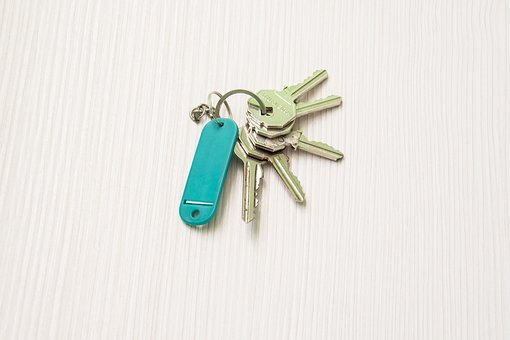As a landlord, you must keep in mind that if you are giving some property on rent, then in spite of full care taken of it by the tenant there will be some damages. You will be shocked as this is the property you had put in your lifetime savings but the damages are simply inevitable. These can be accidental, malicious or deliberate. There is a large difference between the three and you need to understand that so as to find out how to deal with these situations.
[box type=”info” align=”alignleft” class=”” width=””]You will be shocked to know that more cases that are reported deal with malicious damages than the accidental ones.[/box]There are some damages which are of non-deliberate nature and happen irrespective of how much you try to prevent them. It is just like if you cook, some cup is bound to break someday. However, it may be surprising to you that the percentage of these damages is much lower than that of the malicious damages. Before we talk numbers, let us understand what malicious damages are.

Malicious damages are the ones that are generally caused by tenants in the mood of rage. These are deliberately caused damage to the property with no fair reason what so ever. They may be a hole punched through the wall, broken window panes etc… This is a destruction of property by will. These damages cause a lot of loss to a landlord as it may take a lot of time to make it good and rent is lost for that period as the property is vacant.
You will be shocked to know that more cases that are reported deal with malicious damages than the accidental ones. In fact, malicious damages are 27% more than accidental damages. As a landlord, you must understand that a very close inspection is required to come to the amount that the tenant owes you for various damages caused. In the case of malicious damages, since there are at will and was done by the tenant knowing that this will damage the property, these are supposed to paid full or done good by the tenant and the landlord should not bear its loss. For accidental damages, since these are damages in the regular course of work, sometimes they are not required to be taken care by the tenant and landlord can make good of it under maintenance. You can also put a clause regarding damages and amount to be paid in the tenancy agreement as well.

As a tenant, you must be careful while doing the initial inspection before taking the property. Try to find out all the existing flaws so that you are not wrongly charged with any damage. To see and prevent damages is the responsibility of both landlord and tenant. A property manager can also be appointed to see for this.











